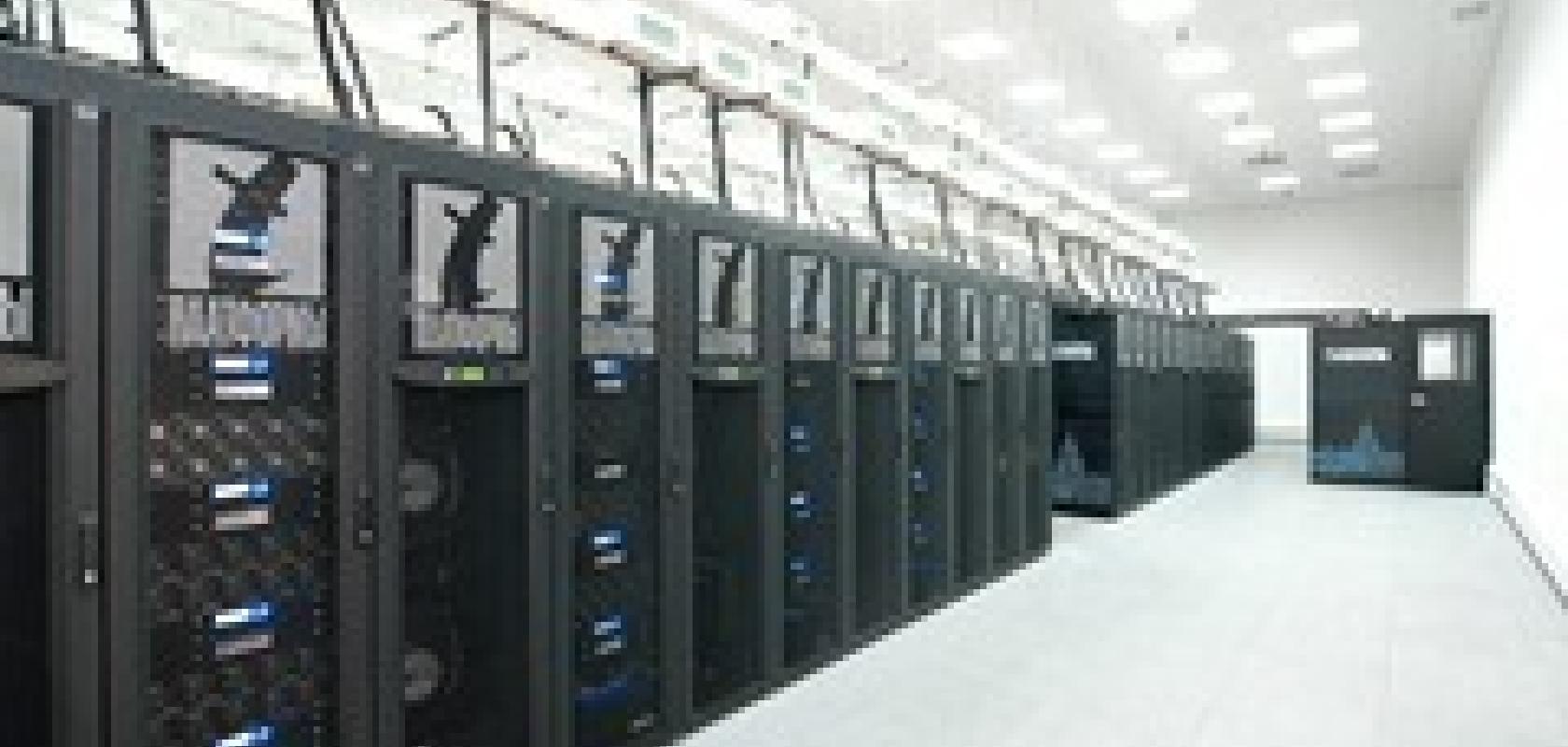Moscow State University is upgrading its Lomonosov system with Nvidia Tesla GPUs. The upgraded system couples 1,554 Nvidia Tesla X2070 GPUs with an identical number of quad-core CPUs, delivering an expected 1.3 petaflops of peak performance, making it one of the world's fastest supercomputers, and the fastest in Russia.
The system is used for research focused on computationally-intensive areas such as global climate change, ocean modelling, post-genomic medicine and galaxy formation. ‘Our research requires enormous computational resources, and we need to deliver this performance as efficiently as possible,’ said Victor Sadovnichy, academician, rector of Moscow State University. ‘The only way for us to achieve these twin goals is with a hybrid GPU/CPU based system.’
Supercomputing centres all over the world are looking at ways to increase performance without exceeding power budgets. GPUs deliver high performance per watt, an advantage that is being utilised across many research centres in Russia including the Keldysh Institute of Applied Mathematics; Lobachevsky State University of Nizhni Novgorod (NNSU); and the Scientific and Educational Center of Parallel Computing at Perm State University.
The Keldysh Institute of Applied Mathematics uses the computing power of 192 Tesla C2050 GPUs for research in the fields of atomic energy, aircraft building and oil extraction. NNSU is Russia's first Cuda Research Centre, actively using GPUs across projects such as studying living systems via solid mathematical modelling and large-scale computation. NNSU will install a GPU-enabled cluster with a peak performance of 100 teraflops this year, with a plan to increase this to 500 teraflops by the end of 2012.
‘There is a staggering potential for GPU/CPU-based systems hybrid solutions to help us address a great number of scientific challenges such as studying living systems, bio-photonics and computational mathematics,’ said Victor Gergel, dean of the computational mathematics and cybernetics department at NNSU, and director of the Scientific and Research Institute of Applied Mathematics and Cybernetics. ‘In cooperation with Nvidia, NNSU is able to give more of our students and researchers access to computational resources that will significantly increase the pace of their work.’


